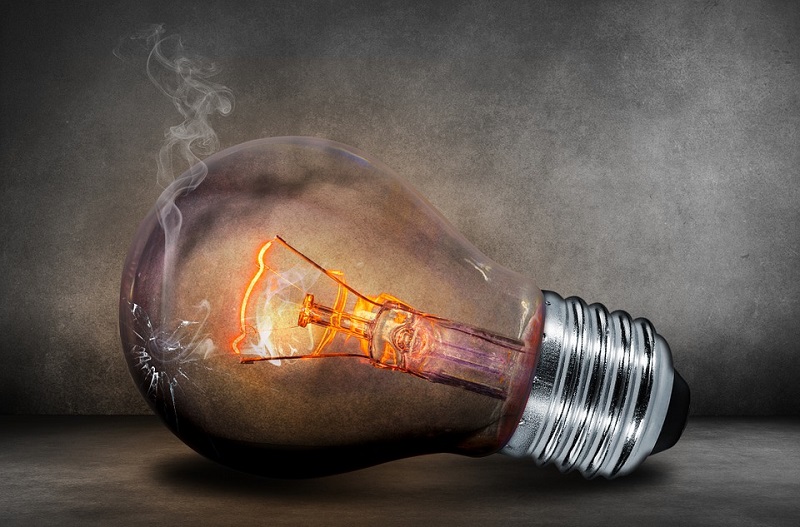We use energy every day, in different forms, 24 hours a day, even while we sleep.
Every activity of ours is based on energy consumption, whether it is the energy in which our body transforms food, the fuel from the car that takes us around or the heating that keeps us warm at night.
We are extremely familiar with the functions and use of energy, yet some curiosities that concern it are surprising to know.
Here are ten peculiarities and interesting facts about the energy that perhaps not everyone knows.

1. There are two fundamental energy groups: renewable energy (geothermal, hydroelectric -coming from biomass and wind power- and solar, like used for HydroSolar.ca equipments) and non-renewable (nuclear, fossil fuels such as coal, oil and natural gas). Three quarters of the energy used worldwide derive from the combustion of fossil fuels.
2. Oil is not evenly distributed on our planet. In fact, two-thirds of the world’s oil is concentrated in areas belonging to ten countries, which hold the largest known reserves of this energy source. We should be more careful in using and wasting too much oil, and solutions like https://filtervac.com/product/transformer-oil-solutions/ecoil-stationary-transformer-oil-regeneration-system-model-ecoil-srs/
3. The possibility of being able to use solar energy as the sole source of supply is not impossible. In fact, if we could capture all the solar energy that reaches the earth’s surface even for a single minute, we could satisfy the energy needs of the whole planet for a whole year.
4. Among renewable energies, the geothermal energy, generated by geological sources of heat, is a very interesting option, but unfortunately it is not accessible in places without volcanic activity and it is still difficult to exploit it.
5. Wind energy can really be a valuable source, especially if you can manage a large area of land. Currently, the largest wind farm in the world is located in China and is called Gansu Wind Farm, also known as Jiuquan Wind Power Base. It is a collection of large wind farms (a multiple park), located in the western part of the Gansu region. It is expected that upon completion in 2020, will reach a total production of 20,000 megawatts.
6. Norway is one of the world’s major oil producers, but is also dedicated to innovative research in the field of alternative energy production. The Norwegian public company will build a floating wind farm, the first of its kind in the world, consisting of floating turbines off the coast of Scotland.
7. A great challenge for scientists involved in researching clean energy sources is the ability to capture and store electricity from lightning. Unfortunately, it is still a somewhat remote possibility, in fact the problems are numerous: no suitable materials were found and there is great difficulty in creating an adequate accumulation system. But above all, it is impossible to predict where lightning will strike (unless you are Marty McFly from Back to the Future).
8. The World Coal Association (WCA), once known as the World Coal Institute (WCI), a London-based non-profit, non-governmental association set up to monitor the coal industry, estimated that global coal reserves will last only 138 years . In 2155 there will be no more coal on Earth. We should be more cautious in protecting our energy.
9. Curiously, even doing research on Google has an energy cost: 100 surveys launched in the most famous search engine in the world, consume about 0.0003 kWh of energy, equal to 0.2 g of CO2. The fee of about 28 minutes of light produced by a 60 watt incandescent bulb.
10. By the way, the old incandescent bulbs used, to provide light, only 10% of the energy produced, while 90% dispersed in heat. The new types of energy-saving light bulbs now only lose 10% in heat, using all the rest of the energy to actually produce light.